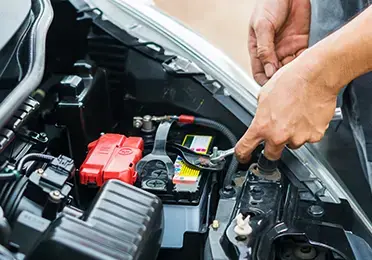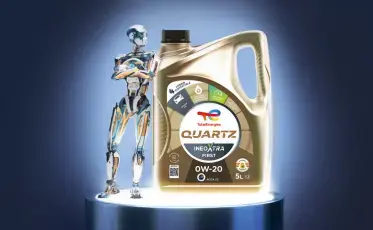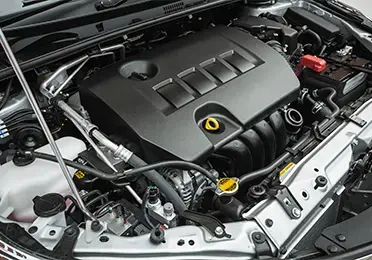The clutch set consists of three key components: the clutch plate, also known as the friction plate the pressure plate or clutch cover, and the release bearing. These components engage with the flywheel, which directly transfers rotational power from the engine to the wheels.
The entire clutch set experiences significant stress during operation, and the clutch plate is often the first to wear out. In a video tutorial, we highlight common driving mistakes that can accelerate clutch plate wear and provide tips on how to preserve it.
The same factors that contribute to clutch plate wear also affect the pressure plate, as these two components are in constant contact. A faulty release bearing typically manifests as a whining noise. The most common causes of failure include abrupt clutch pedal release and resting your foot on the clutch pedal.
In rare cases, mechanical clutch systems may experience cable breakage. For vehicles with hydraulic clutches, there is no cable, but it is essential to monitor the hydraulic brake fluid level. Insufficient fluid can prevent you from continuing your journey.
Our advice is that if you notice any irregularities on the car, contact one of our partner services from the TotalEnergies Workshop Concept.

TotalEnergies Service Network

When is the right time to replace your car battery?

5 fluids your car can’t run without

